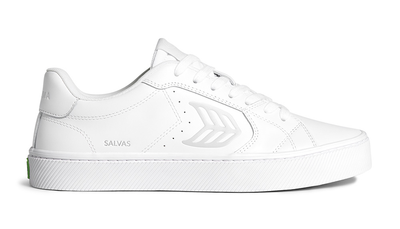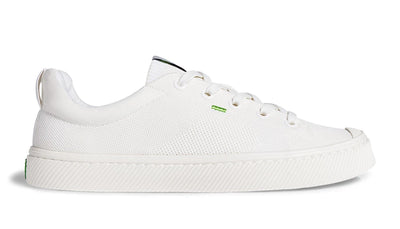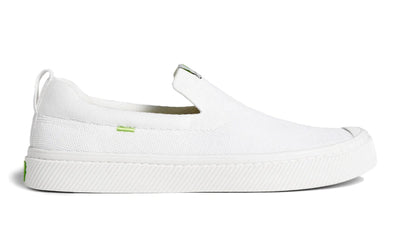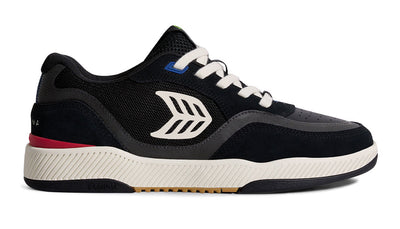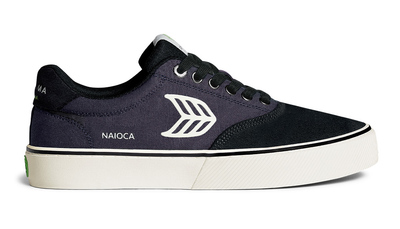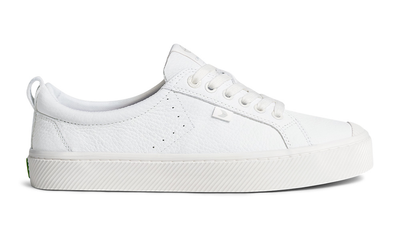Sustainable Materials: The Heart of Eco Sneaker Innovation
The world of fashion is experiencing a significant transformation, driven by the urgent need for sustainability. As consumers become more environmentally conscious, the demand for eco-friendly footwear has surged. This change reflects a broader trend toward ethical consumption and highlights innovative materials that promise to reduce our ecological footprint. In our exploration of sustainable footwear, we delve into the top materials used in eco sneakers today, showcasing how our commitment to quality and sustainability sets us apart.
Understanding the materials behind our footwear goes beyond just a fashion statement. It signifies a vital step towards a greener future, allowing conscious consumers to make informed choices. In this article, we will explore the most transformative materials dominating the eco sneaker landscape, their benefits, and how our products incorporate these elements to combine style, durability, and environmental responsibility.
The Rise of Eco-Friendly Footwear
The fashion industry has historically been one of the major contributors to environmental pollution. Consequently, the quest for sustainable alternatives has proven pivotal. Eco-friendly footwear must not only utilize materials that are sustainable but should also retain comfort and durability.
Choosing eco-friendly sneakers involves understanding both the materials involved and the manufacturing processes. The goal is to orchestrate a balance between high-quality design and sustainable production. This shift is not merely an option but a necessity as we collectively strive to mitigate our environmental impact.
Exploring Natural Materials
Natural materials have become a cornerstone in sustainable footwear, offering an array of benefits while minimizing environmental harm. Here are some key natural materials often utilized in eco sneakers:
-
Organic Cotton:
- Benefits: Grown without synthetic pesticides or fertilizers, organic cotton is biodegradable and significantly reduces environmental pollution.
- Usage in Footwear: Commonly used in canvas sneakers and linings, organic cotton allows breathability and comfort in shoes.
-
Hemp:
- Benefits: Hemp requires less water and no pesticides to grow, making it exceptionally sustainable.
- Usage in Footwear: Known for its durability, hemp is often featured in sneaker uppers, providing strength and style.
-
Linen:
- Benefits: Derived from flax plants, linen is biodegradable and requires fewer resources to produce.
- Usage in Footwear: Its breathable properties make linen a popular choice for summer footwear.
-
Recycled Rubber:
- Benefits: Reduces the need for virgin materials and promotes circularity in production.
- Usage in Footwear: Often used in outsoles, recycled rubber provides traction and durability while minimizing waste.
| Material | Environmental Impact | Typical Usage in Sneakers |
|---|---|---|
| Organic Cotton | Biodegradable, reduces pollution | Uppers, linings |
| Hemp | Grows quickly, low resources needed | Uppers |
| Linen | Natural, biodegradable | Uppers, fabric components |
| Recycled Rubber | Reduces virgin material consumption | Outsoles |
We are committed to using these natural materials in our designs, ensuring each pair of sneakers contributes positively to the environment while offering the comfort and aesthetic appeal our customers desire.
Innovative Synthetic Alternatives
While natural materials play a critical role in eco-friendly footwear, innovative synthetic materials have emerged as game-changers in sustainable sneaker design. Here are some pioneering synthetic alternatives:
-
Recycled PET (rPET):
- Benefits: Made from recycled plastic bottles, rPET diverts waste from landfills and reduces the need for new plastic production.
- Usage in Footwear: Frequently used in linings and uppers, rPET provides durability and contributes to reducing plastic waste.
-
Bio-based Plastics:
- Benefits: Derived from renewable sources, these plastics have a lower carbon footprint than traditional petroleum-based plastics.
- Usage in Footwear: Bio-based plastics are often used for components like insoles and lace.
-
Eco Suede:
- Benefits: A synthetic suede that is made with recycled materials, eco suede provides a luxurious appearance without the environmental costs associated with animal-based leather.
- Usage in Footwear: Commonly used in stylish sneaker designs, eco suede adds an element of sophistication.
-
Natural Rubber:
- Benefits: Sourced from rubber trees, natural rubber is biodegradable and offers superior grip and durability.
- Usage in Footwear: Frequently utilized in outsoles, it reduces reliance on synthetic alternatives.
| Synthetic Material | Environmental Benefit | Common Applications |
|---|---|---|
| Recycled PET | Diverts waste from landfills | Uppers, linings |
| Bio-based Plastics | Lower carbon footprint | Insoles, lace |
| Eco Suede | Reduced environmental impact | Stylish elements in sneakers |
| Natural Rubber | Biodegradable, sustainable | Outsoles |
Opting for sneakers made with these innovative synthetic materials allows us to enjoy modern aesthetics while playing a part in environmental preservation.
The Commitment to Ethical Production
Material choice goes hand in hand with ethical production processes in the quest for sustainable footwear. Eco-conscious consumers seek not just environmentally friendly materials, but transparency regarding production practices.
Key factors in ethical production include:
- Fair Labor Practices: Ensuring that workers in the supply chain are treated fairly, receive living wages, and work in safe conditions.
- Low Waste Manufacturing: Cutting down on the waste generated during the manufacturing process through intelligent design and production techniques.
- Carbon Footprint Reduction: Employing methods that minimize greenhouse gas emissions, such as energy-efficient machinery and local sourcing of materials.
Our products reflect these values, and we are proud to maintain a transparent supply chain that emphasizes social responsibility and environmental stewardship.
Cherishing the Fashion Aspect
One of the key considerations for consumers who aspire to wear eco-friendly sneakers is aesthetics. Sustainability does not compromise style; on the contrary, the chic designs of today’s sustainable footwear can enhance your wardrobe seamlessly.
Trendy Sustainable Sneakers We Love
-
OCA Low Leather Sneakers
Perfect for casual outings, our OCA Low Leather Sneakers combine sustainable leather with contemporary aesthetics. -
Salvas Leather Women
The stylish Salvas Leather Women sneakers showcase a perfect blend of eco-consciousness and modern flair. -
CATIBA PRO Low Men
Ideal for urban adventures, our CATIBA PRO Low Men sneakers are designed for performance and style.Consumers no longer need to sacrifice their style for sustainability; our designs reflect a commitment to both beauty and the environment.
Nurturing a Sustainable Future through Conscious Choices
As we have explored in this article, sustainable footwear is a complex interplay of innovative materials, ethical production, and stylish design. By choosing eco-friendly sneakers, consumers can contribute meaningfully to a more sustainable future.
The Bottom Line: Our Role in the Sustainable Footwear Revolution
- We are redefining what it means to wear stylish sneakers without compromising on environmental values.
- Sustainable materials reduce our ecological footprint while ensuring comfort and aesthetics.
- Ethical production practices support fair labor and minimize waste in the manufacturing process.
Incorporating these elements into our products positions us as a leader in sustainable fashion, showcasing that we can enjoy fashionable footwear while being kind to the planet.
Steps You Can Take Toward Sustainable Footwear Choices
- Research Brands: Look into companies that prioritize sustainable materials and ethical production practices.
- Support Transparency: Choose brands that provide clear information about their supply chain and labor practices.
- Invest Wisely: Understand that purchasing high-quality, sustainable sneakers may be an investment, but they typically last longer than fast fashion equivalents.
- Embrace Second-hand: Support thrift stores or platforms specializing in pre-loved vintage sneakers to reduce consumption.
By taking these steps, individuals actively contribute to driving change in the footwear industry, making sustainability a core aspect of their fashion choices.
Walking Our Talk on Sustainability
As we round off our discussion on the vital materials of eco sneakers, it’s clear that both innovation and tradition play roles in crafting sustainable footwear. We are dedicated to this journey, inviting you to join us by incorporating our eco-friendly sneakers into your wardrobe. Our products are designed not only to be stylish but also to reflect a commitment to environmental stewardship.
Explore our range of eco-friendly sneakers and discover how we can walk this path of sustainability together. Check out our stylish options like the Ibira Women and Ibira Men.
Our mission at Cariuma is to create sustainable fashion that enhances your style while preserving the planet. Embrace sustainable living through conscious footwear choices and step confidently into the future.

